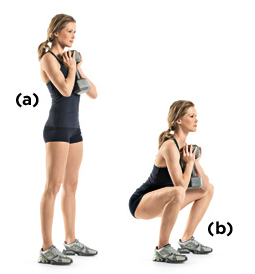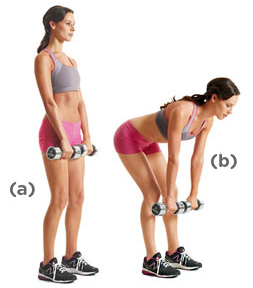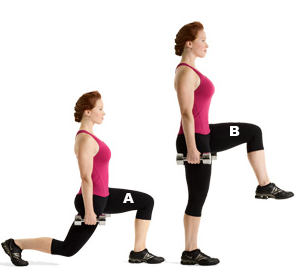So summer is just around the corner, people are getting all sorts of skin out on show and soon enough we will be in bikini’s and swim shorts. That means baring our stomachs to the world, and for many that is a daunting prospect. I hate to think of people being uncomfortable with their body, I want to change that, by helping you take control. Once you have control, you then have the power to change your body at your own will, and I believe that is incredibly empowering.
So how do we get a flat stomach? Well it is incredibly simple, not necessarily easy for everyone, but I promise you I will provide a very effective method to ridding yourself of that unwanted belly fat.
The Two Rules to a Flat Stomach:
Rule 1: You have to lose fat
And that means one thing, you need to be in a net calorie deficit, burning more energy than you take in. This can be achieved in a variety of ways, I suggest the best is to select macronutrients appropriate for you and then consume foods that hit those macros, 80% being wholesome unrefined foods and 20% what have you. That for me is the most sustainable approach, however if you want to cut out carbs, increase your exercise or go paleo etc. so long as it produces a calorie deficit, you will begin to lose fat. Make it even easier on yourself, and do some exercise, which leads me to rule two.
Rule 2: You should train with resistance
Notice my wording, I say should because it is not essential to attaining a flat stomach. But who wants a flat stomach without any shape to their body, you want curves, you want to look athletic right? Resistance training is your answer. I am not saying you have to pound the iron everyday, or go join a bodybuilding gym, I just mean you need to use your muscles more than you normally would. The point here is to overload the muscles, so that they have to adapt and grow stronger, thus leading to that ‘toned’ look you’ve always wanted. Compound, full body exercises are your best friends, they give you the most bang for your buck, using the most musculature and giving the largest metabolic effect of all exercises. That means squats, deadlifts, bench press, complexes, kettle bell swings, lunges etc.
Practical Application
1. Create a calorie deficit: This is going to be a catch all, not greatly individualised method, but it will work for most. Ideally you might track your intake for a few weeks, find your average calorie intake and if you maintained weight over this period, hey presto you have your maintenance. But failing that:
Flat Stomach Calorie Formula
(10 x your weight in pounds) x Activity Factor
- If you are sedentary (little or no exercise) 1.2
- If you are lightly active (light exercise/sports 1-3 days/week) 1.375
- If you are moderatetely active (moderate exercise/sports 3-5 days/week) 1.55
- If you are very active (hard exercise/sports 6-7 days a week) 1.725
- If you are extra active (very hard exercise/sports & physical job or 2x training) 1.9
e.g. 10 x 150lbs = 1500, 1500 x lightly active (1.375) = 2062.5 (maintenance intake)
So now you have your maintenance you need to create a deficit, this can be done by increasing your activity or by decreasing your food intake. The smaller the deficit the easier it will be to sustain and the more likely you will continue to keep burning fat. I suggest a good place to start is a 300 calorie deficit, this means for the example above the person would consume around 1800 calories a day. A rate of loss of 1% of your bodyweight per week is a healthy rate of which to lose at.
2. Resistance train: Now I am going to make this programme with someone new to resistance training in mind, so the exercise selection will be simple, but still very effective. Try the below, start with 2-3 times a week, and build from there:
Flat Stomach Workout
- Goblet Squats- 4 sets x 10 reps – 60s rest between sets

- Dumbbell Romanian Deadlifts- 4 sets x 10 reps – 60s rest between sets

- Walking Lunges- 2 sets x 10 reps each leg – 60s rest between sets

- Kettlebell Swings- 3 sets x 20 reps – 60s rest between sets

So the only way to develop the flat stomach you’ve always wanted is to lose fat and train with a degree of resistance. This is because ‘toning’ in fact doesn’t exist, or the phrase is kinda miss-used, really it means decreasing body fat and increasing muscle size. Those two things then come together to create tone.
So now you have the tools, you have the power to produce a body you can be proud of for summer!






